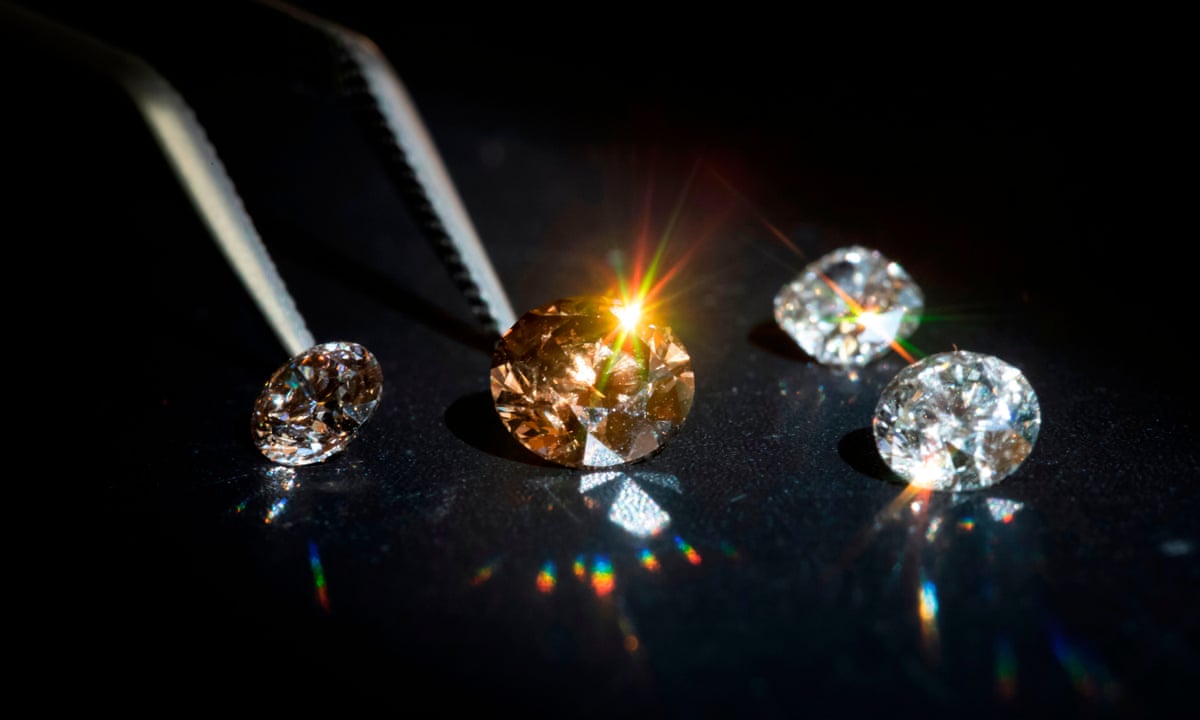
So here’s a question for you: when was the last time you looked at a diamond and thought about where it actually came from? Most people don’t. We see sparkle, we see luxury, and we see price tags. That’s about it. But behind every stone, there’s always a story. And honestly, the Novita lab diamonds story is one of those stories that’s worth paying attention to.Because this isn’t just about jewellery. It’s about technology, sustainability, and—let’s be real—how we think about value. And if you’ve been hearing more about man made diamonds lately, there’s a reason for that. The whole industry is shifting, and it’s kind of fascinating.
A Story That Keeps Glittering On
Think about it: when was the last time a piece of jewellery actually told a story? Not the sentimental kind (like “this was my grandmother’s ring”), but the kind where the origin of the stone itself is almost cooler than the stone? That’s what Novita is doing with its lab diamonds.
Instead of mining deep in the earth, with all the drama that comes with that—environmental damage, questionable labor practices, and billion-dollar operations—they’re creating diamonds above ground. In a lab. Using science. It almost sounds too sci-fi, right? But here’s the kicker: they’re real diamonds. Not knockoffs. Not “sort of similar.” We’re talking chemically, physically, optically identical to the ones dug up in mines.
And, to be fair, I find that pretty wild. The Novita lab diamonds story isn’t about cutting corners. It’s about flipping the script. Instead of taking something out of the earth, they’re creating something in a clean, controlled environment. It’s the same brilliance, without the baggage.
Why People Are Paying Attention (and Falling in Love)
Now let’s talk trends, because that’s where it gets fun.People aren’t just buying diamonds for status anymore. They want meaning. They want choice. And yes, they want to feel good about their purchase. Here are a few reasons man made diamonds are kind of stealing the spotlight right now:
Sustainability matters. Let’s face it, we all know mining has issues. A lab-created diamond doesn’t carry the same environmental weight. That feels better.
They’re more affordable. Without the mining, shipping, and massive industry markup, you get more sparkle for your money. Who doesn’t like that?
Design freedom. Because labs can make different shapes and sizes without waiting for nature to “decide,” jewellers have way more creative options. Imagine getting exactly what you want without compromise.
It feels modern. Honestly, doesn’t the idea of wearing something that’s both timeless and cutting-edge tech just sound… cooler?
Trends are shifting. Younger buyers especially are into man made diamonds because they align with modern values. They’re still luxurious, but they’re not wrapped up in old-school traditions.
The Local Angle: Why It Hits Different
Here’s where it gets interesting. In places where jewellery is a big part of culture—like engagement rings, anniversaries, and even heirloom pieces—the shift toward lab-grown isn’t just about saving money. It’s about rewriting tradition.
With Novita, the appeal is also in the story itself. Imagine telling someone, “Yeah, this diamond was created in a lab with insane technology. No mines, no mess, just brilliance.” It sounds modern, responsible, and honestly, kind of badass.
Compare that with the old-school image of diamonds: mining pits, corporate cartels, and people justifying sky-high prices because “rarity.” Today’s buyers are a little savvier. They want beauty with a conscience. And Novita is tapping into that.
The Everyday Logic Behind It
Alright, so how do you actually make a diamond in a lab? Without getting too technical, here’s the casual breakdown:
- Start with a seed. It’s literally a tiny sliver of diamond. Think of it like planting a seed in soil, but instead of dirt, you’re using high-tech equipment.
- Apply heat and pressure. Labs mimic the conditions that happen deep inside the earth—super high heat and massive pressure. (It’s like nature’s recipe, just sped up.)
- Crystal growth. Over weeks, carbon atoms stack onto the seed and—voilà—a diamond starts forming. Slowly, layer by layer.
- Cut and polish. Once the diamond is big enough, it goes through the same process as mined diamonds: cutting, shaping, polishing. That’s where the sparkle comes in.
And that’s it. Pretty straightforward, right? What used to take millions of years underground now happens in months, in a controlled setting. It’s still a diamond. Still sparkly. Still beautiful. Just without all the “digging up half a mountain” part.
The Ripple Effect You Didn’t Expect
At the end of the day, jewellery isn’t just about shine. It’s about what it says about you. Choosing a lab-grown diamond—especially something tied to the Novita lab diamonds story—isn’t about settling for less. It’s about choosing differently.
And honestly? It makes sense. If we can create cars that run on electricity, food that’s plant-based but tastes like the real thing, and technology that puts the whole world in your pocket… why wouldn’t we also rethink diamonds?
Let’s be honest: love doesn’t get measured by how deep someone dug into the earth to find a stone. It’s measured by intention, by thought, by the story you choose to carry. And man made diamonds fit that story for a lot of people today.
Final Thoughts
The jewellery world is changing, and it’s not just a trend. It’s a shift. The Novita lab diamonds story is proof that innovation and tradition can actually work together. You still get the timeless sparkle, but with a modern twist.And here’s the thing: you don’t need to be a diamond expert to appreciate it. You just need to care about what your jewellery represents. Whether it’s sustainability, affordability, or just being part of something new, man made diamonds make that choice possible.At the end of the day, a diamond isn’t just a stone. It’s a story. And maybe, just maybe, it’s time that story changed for the better.